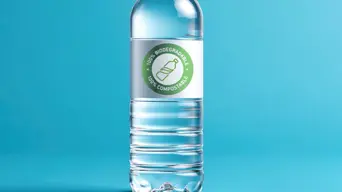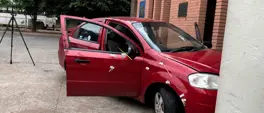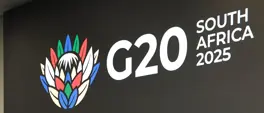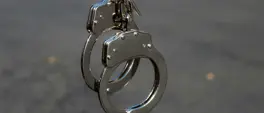Biodegradable or compostable? Here's how to break it down for smarter recycling
Thaaqib Daniels
29 September 2025 | 10:55John Maytham gets expert advice on recycling and learns more about the different types of recyclable packaging.

As demand grows for greener alternatives to plastic, many recycling organisations still face the challenge of consumers recycling incorrectly. This could be due to several reasons, including confusion about various packaging materials.
One of the most widely recycled materials for sustainable packaging in the world is PET (Polyethylene Terephthalate). It’s a strong, lightweight, and transparent plastic used for packaging, bottles, and fibres. Poly Lactic Acid, or PLA, is a compostable bioplastic that resembles PET but cannot be recycled in the same way, creating contamination risks and disrupting recycling systems.
To explore various types of packaging and ways to adopt smarter recycling practices, John Maytham is joined by Boipelo Madonsela, Recycling Value Chain Analyst at Petco, South Africa’s Producer Responsibility Organisation.
Listen to the full conversation:
Breaking it down: compostable vs. biodegradable packaging
Compostable packaging: Made from natural, plant-based materials that break down into beneficial compost, water, and carbon dioxide under specific conditions in a composting environment. It’s designed to break down within a set timeframe, leaving no toxic residues or microplastics. However, this often requires industrial composting facilities to achieve this goal.
Biodegradable packaging: Designed to break down into water, carbon dioxide, methane, and biomass under certain conditions, without leaving harmful residues. This type of packaging does not specify the timeframe or conditions required for decomposition, unlike compostable packaging.
Madonsela emphasises that these materials “don’t just break down under any conditions,” and shouldn’t be discarded without checking the type of packaging, since most of them are only compostable with the use of an industrial facility.
“Sometimes the recyclable packaging can resemble plastic, so they end up in the same recycling stream,” she says. This can have a significant financial impact on recyclers.
To learn more about Petco and how you can contribute to South Africa’s recycling and sustainability journey, head to the official Petco website. You can also find your nearest drop-off centre for recyclable packaging to ensure it is disposed of responsibly.















